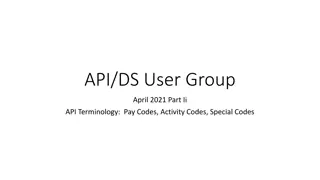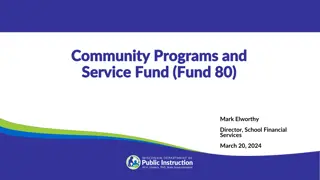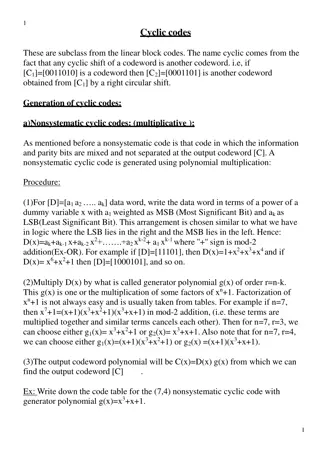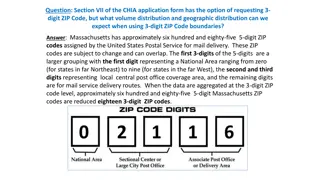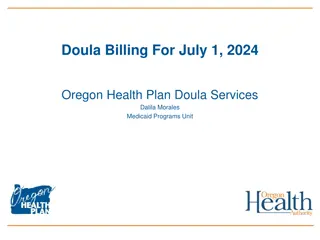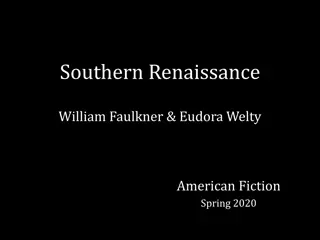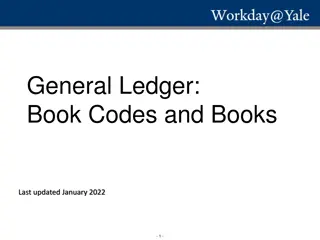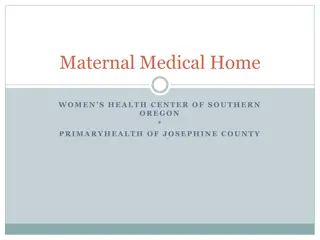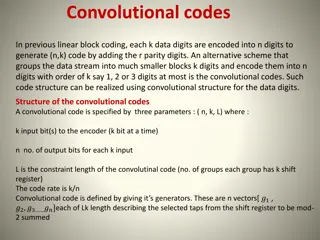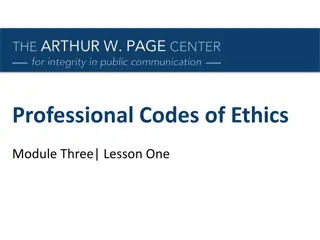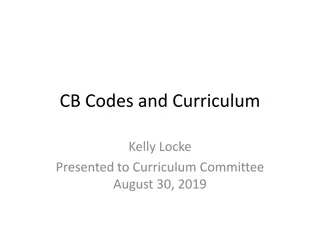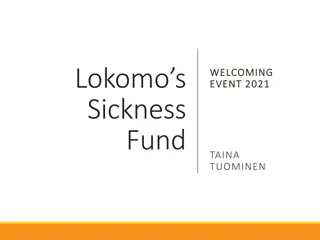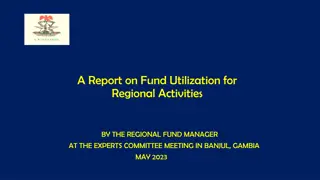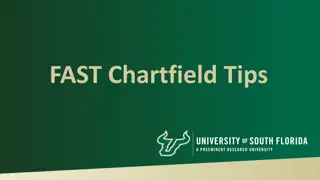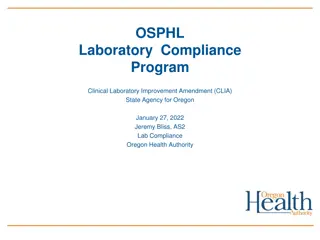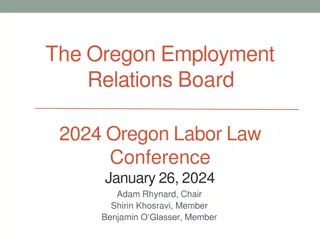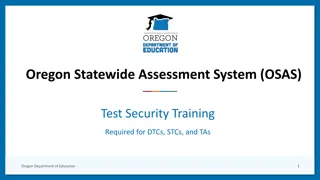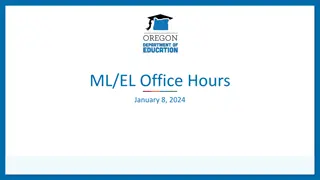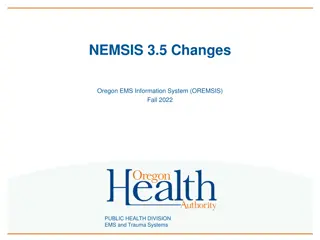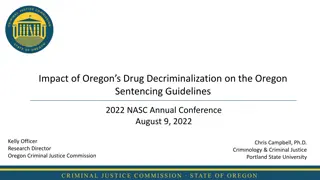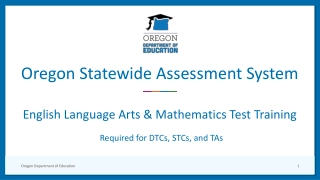Understanding Fund Codes and Types at Southern Oregon University
Fund codes at Southern Oregon University categorize money sources and restrictions. General Funds support academic programs, while Agency Funds are for individual benefits. Internal Service Funds serve departments, Designated Funds are isolated operations, and Auxiliary Funds support non-instructional activities. Different fund codes like Student Loan Funds and Endowment Funds are associated with specific asset categories, each serving a distinct purpose within the university's financial structure.
Download Presentation

Please find below an Image/Link to download the presentation.
The content on the website is provided AS IS for your information and personal use only. It may not be sold, licensed, or shared on other websites without obtaining consent from the author. Download presentation by click this link. If you encounter any issues during the download, it is possible that the publisher has removed the file from their server.
E N D
Presentation Transcript
Fund Codes and Types Fund Codes and Types A Fund identifies a particular pool of money. Coded within a fund is the source of the fund (institutional, federal, etc.) and whether that pool of money is restricted or unrestricted. There are several fund types that have specific pertinence to Southern Oregon University: General Funds credit academic program, operations and income of the university. General Funds are funds that account for the support of for- Agency Funds benefit of individuals associated with the university. For example, student club funds are agency funds because how the funds are spent is ultimately the responsibility of the club. Agency Funds are funds that the university holds in trust for the
Fund Codes and Types Internal Service Funds funds and departments. Certain service providers, such as the copying and printing departments, are internal service funds. Fund Codes and Types Internal Service Funds are used for operations serving other Designated Funds that budgetary authorities can monitor these programs more closely. This fund group includes non-credit workshops and some of the service centers such as Jefferson Public Radio. Designated Funds are used for operations that are isolated, so Unrestricted vs. Restricted Funds that can be used at the discretion of the governing board. Restricted funds use assets subject to restrictions assigned by the donor, such as grants. Unrestricted vs. Restricted Funds: Unrestricted funds use assets Auxiliary Funds faculty in ways other than direct instruction. These funds operate like individual businesses on campus, engaging in revenue generating activities outside of the main operational goals of the campus. Housing and Parking are both examples of auxiliary funds. Auxiliary Funds are funds that that support our students and
Student Loan Funds (490000-494001) Endowment Funds (600000-619999) Plant Funds (800000-849999) Agency Funds (900000-929999) ----- Funds Associated with Fixed Assets Student Loan Funds Budgeted Operations (0-016999 Includes General Funds) Designated Operations (050000-070000) Service Centers (090000-999999) Auxiliaries (100000-199999) Restricted Funds (200000-489999) Budgeted Operations Endowment Funds Designated Operations Plant Funds Service Centers Agency Funds Auxiliaries Funds Associated with Fixed Assets Restricted Funds Funds Associated with Long- -Term Debt Funds Associated with Long Term Debt Includes Excludes
Unless the Organization is listed as the only authority of a specific fund, funds that help support a department will not display in the Cognos Report. Cognos lists funds in terms of budgetary authority and departments do not have budgetary authority over General Funds. The spending authority on the General Fund is the budget itself.
Beginning Fund Balance + Actual Revenue Control - Actual Expense Control - Labor Expense Control = Current Fund Balance
Beginning Fund Balance $4,090.85 Actual Revenue Control + $3,121.00 Actual Expense Control - $2,298.45 Labor Expense Control - $1,303.85 Current Fund Balance $3,609.55 $3,609.55
The Cash Balance is often a less useful planning tool for Fund Managers. The Cash Balance includes funds that may be earmarked for salaries or debt sinking funds, so while the cash may be physically there, fund managers should not spend it. The cash balance doesn t include revenues that were earned but not collected, so the cash balance may be understating the economic position of the fund at the same time.
Basically, Cash + Current Assets Current Liabilities = Current Fund Balance Cash on-hand Current Balance + SIS Receivables + Misc. Prepaid Expenses - Invoices Payable - Prepaid Tuition and Fees Current Fund Balance
Cash on-hand Current Balance + SIS Receivables + Misc. Prepaid Expenses - Invoices Payable - Prepaid Tuition and Fees Current Fund Balance $22,116.70 1,428.70 -1,000.00 -0.00 -0.00 $22,545.40
When looking up the Fund Balance in Banner, there is one additional concern: In some of the Auxiliaries and Service Centers, the total Fund Balance includes Funds Associated with Undepreciated Fixed Assets and Funds Associated with Debt Obligations. To find out the Fund Balance available to support daily operations, the balance must be netted together. This does not affect the Cognos Report because that report only includes Operating Activity Funds.
Fund Balance Housing Fund Balance, FY 2014 $1,500,358.80 Undepreciated Fixed Assets, FY 2014 $17,458,694.91 + Undepreciated Fixed Assets Debt Obligations, End of FY 2014 + ($16,952,177.47) $993,841.36 - Debt Obligations Net Fund Balance Available to Support Daily Operations Housing Fund Balance End of Year, 2014
We are here to support you and your clients with any fund or cash balance questions. Please contact Business Services if you have any questions or need assistance!
For assistance For assistance Contact: Accounting Manager 541.552.6065 Contact: Accounting Manager 541.552.6065 Contact: Business Services Director 541.552.6594 Contact: Business Services Director 541.552.6594 http://www.sou.edu/bus http://www.sou.edu/bus- -serv/staff.html serv/staff.html



